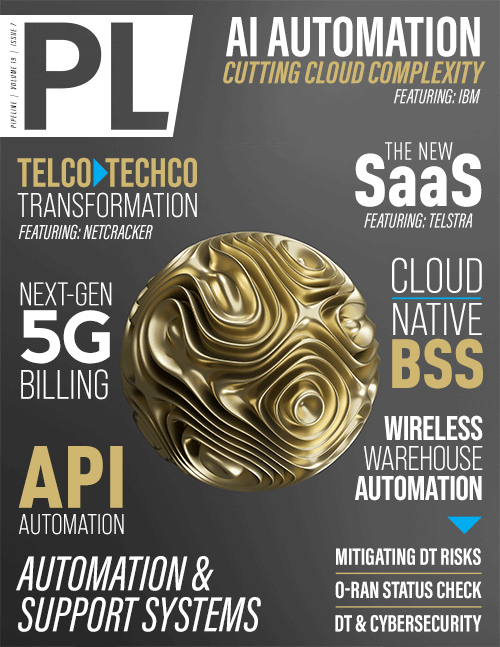Letter from the Editor

We often take for granted all the technology that underpins our day-to-day lives and globally connected society. In fact, we carry more computing power in our pockets than the guidance computer NASA used for the Apollo 11 mission. Today’s smartphones are 5,000 times more powerful than the CRAY-2 supercomputer of the 1980s, designed for the United States Departments of Defense and Energy and intended for nuclear weapons research, among other things. It seems a bit silly when we gripe and moan because of a momentary glitch while streaming HBO's hit series Succession while we lie comfortably in bed.
It really wasn't that long ago when we had to go physically into the bank to make a deposit, watch the evening news for event and weather updates, actually go to the movies to watch a movie, or literally map out directions with AAA travel guides. Today, you can use your mobile to wake you up, order Starbucks, and navigate to your morning meeting using GPS. As you wait in the lobby, you can receive real-time alerts and notifications from around the world that keep you current on the weather, news, work, friends, and more. Afterward, you can grab lunch, pay with Apple Pay, deposit a check, send a Venmo to a friend—or even buy or trade stocks, all from the palm of your hand. Then, you can hike up the most remote mountain, while taking pictures and sharing pictures with thousands of people around world using 5G-Satellite connectivity. And that night, with just a few taps, you can order Thai for dinner with delivery to your doorstep by drone, and cozy up with Netflix to watch the next episode of Sweet Tooth.
The technology that makes all this possible is nothing short of incredible. In the 19th century, this would have been considered magic, and we wizards. Consider all that has to go into the above scenario—which is just an average day for many of your reading this article. Think of all the apps, systems, and connectivity enabling your Starbucks mobile order. The constellations of satellites that have been launched into space to power your GPS and ubiquitous mobile connectivity. The thousands of cellular towers and radar installations, miles of fiber optic cables, and dozens of network management systems that work together and feed into AI modeling and predictive analytics to provide up-to-the-minute weather updates via push notification. The web of analytics, data, systems and security needed to provide real-time quotes, charts, and transactions for mobile banking and investing. Or, the technology that connects your order to a local restaurant or warehouse—using routing and lowest-cost analytics—where a robot prepares your order and a drone delivers it to your door.
These things also require Operational Support Systems (OSS) to operate, connect, and manage complex heterogeneous networks. It relies upon sophisticated interoperability to bring together devices, networks, software, data and more. It demands automation to reduce complexity, increase efficiency, improve profitability, and better serve customers. And ultimately, it needs Business Support Systems (BSS) to monetize products and services, power marketplaces, and bill the right parties for the right services at the right time.
If you, like me, have been in the industry for a while, you should stop and think about the part you’ve played. You’ve transformed the world. But we’re not done yet. Our industry is continuing to advance the way we work, live, play and connect as a global society—and we’re just getting going. That’s what makes this issue of Pipeline so important.
In this issue of Pipeline, we look at automation and support systems that support and streamline operations. We showcase how IBM is using AI and automation to streamline cloud resource management. Rajant Corporation explains how wireless mesh networks can enable
continuous wireless connectivity to transform warehouse operations. Dell’Oro delivers data on the
state of the Open RAN market five years after the debut of the O-RAN Alliance. Opengear describes the imperative
behind putting network security at the heart of digital transformation, while Aryaka explores
the risks of transformation, and Connectbase discusses how APIs and automation are revolutionizing connectivity. Telstra lays out how to deliver global
network support with automation, self-service, and human touch. Optiva demonstrates the value of predictive
analytics with cloud-optimized BSS , GoTransverse shares how service providers can unlock 5G monetization with
intent pricing and next-generation billing, and Netcracker underscores the urgency of telco-to-techco
transformation to fully realize the benefits of 5G. All this plus the latest enterprise and communications technology news and more.
We hope you enjoy this and every issue of Pipeline.
Scott St. John
Managing Editor
Pipeline



















